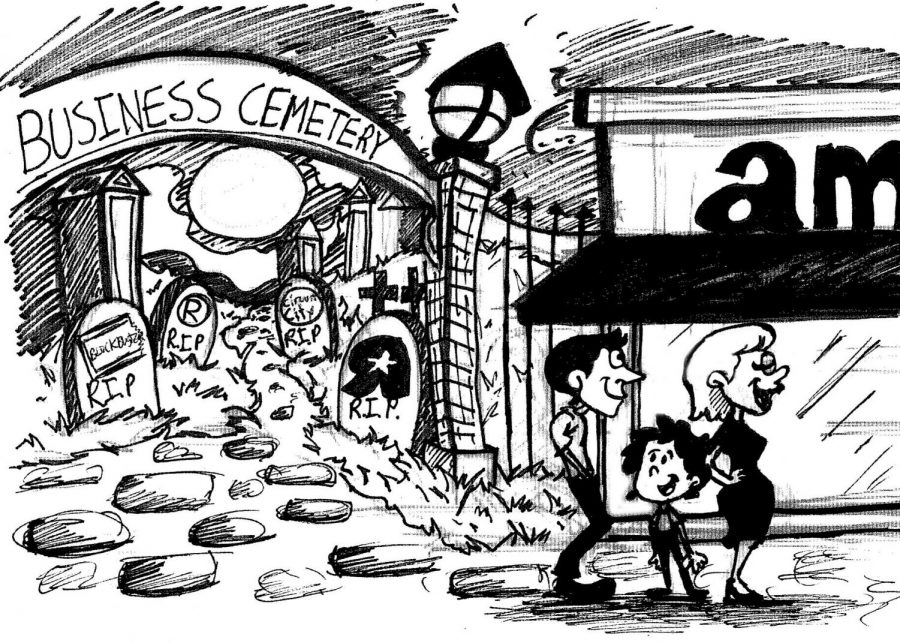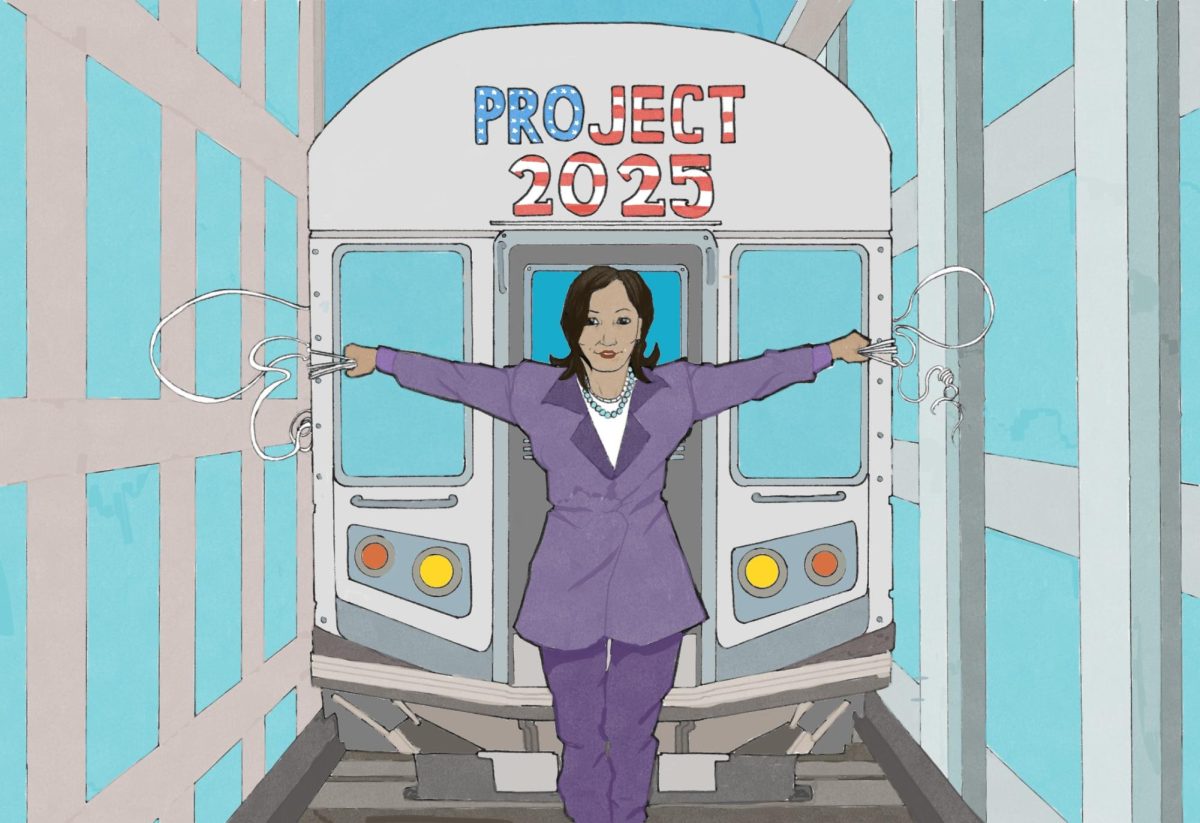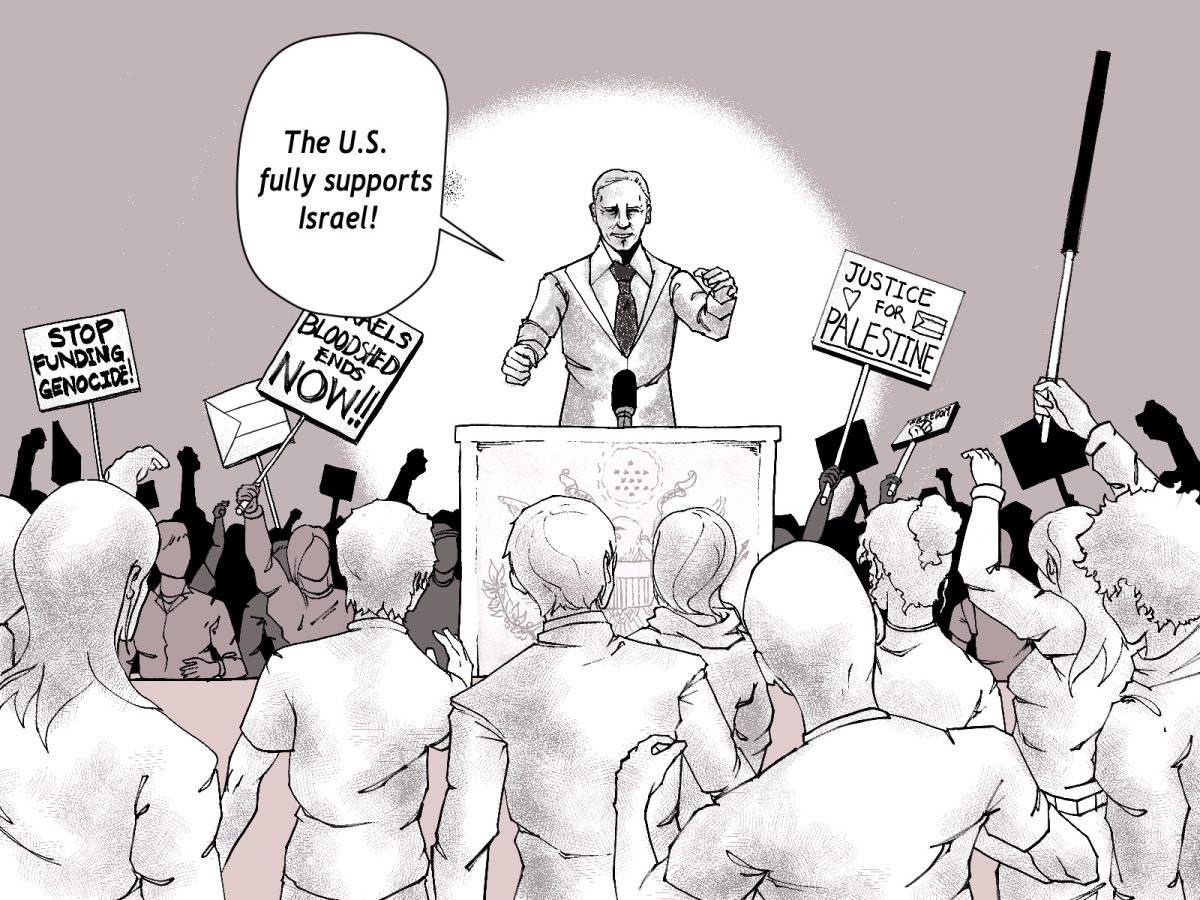For many students and faculty, the American toy store, Toys “R” Us, is considered to be one of the flagships of childhood from its mascot Geoffrey the Giraffe to its iconic jingle from its various television commercials. Placing a foundation in both pop culture and consumerism.
This week, however, the toy store chain has announced that it will be closing its stores, ending the era of children scouring through the paper catalogs that were sent through the mail each month.
The era in which every child would flip page after page while holding a marker in their hand, their eyes scanning through pictures of the hottest and “must-have” toys of the season. The era in which children would cross their fingers, hoping that at least one of their toys that they circled would make an appearance underneath the tree or next to their birthday cakes.
Although many see this as the start of losing things that were dear to society and to the acquired memorabilia it once brought, it will inspire others to evolve in an ever-innovating world.
We should not just cling onto the significant aspects of our childhood. In fact, we should learn from our “stand-outs” in order to keep our optimism for innovation and the goal to revolutionize culture.
French writer Milan Kundera once said, “Business has only two functions: marketing and innovation.”
Toys “R” Us founder Charles P. Lazarus demonstrated that by morphing his baby-furniture retail store during the baby-boomer era when he received requests of toys for toddlers from his customers.
Lazarus would then rebrand his store into Toys “R” Us in the late 1950s and made the store’s mark in the general public as the primary source for products for children.
The basis of society has always been an example of English naturalist Charles Darwin’s theory of evolution, in which, in order to survive in any type of environment, adaptability is necessary for the changes within these surroundings.
Darwin once said, “A moral being is one who is capable of reflecting on his past actions and their motives- of approving of some and disapproving others.”
Toys “R” Us was infamous for beating small businesses and general retailers due to its focus on toys which gave it an advantage in its adaptability on pricing, later becoming an example of the term “category killer.”
The retail chain’s success would later spark the development of big names in the industry such Amazon, competitors that managed to cripple Lazarus’s creation and lead to the ultimate demise.
Unfortunately for Toys “R” Us, Amazon has the advantage of making the site accessible to consumers through the use of the Internet, providing more bargains for their products and avoiding the frustrations of leaving their homes and waiting in long lines.
Austrian-Bristish economist and philosopher Frederich Hayek once said, “Planning and competition can be combined only by planning for competition, but not by planning against competition.”
With observation and experimentation, Amazon’s creator Jeff Besos was able to utilize the practices of Lazarus and adapted it during the dot-com bubble, when the Internet was on the rise and attracted the demand of businesses and consumers.
We can’t deny that there will always be something new and “improved” that will challenge something that we grew accustomed to, whether we suddenly jump onto Netflix to watch films instead of taking a trip to Blockbuster to rent our favorite movies or can just go online to order the hottest toy instead of walking through aisles filled with action figures, dolls and board games in their local retail store. But we shouldn’t discourage change either.
Although losing something that was embedded into our way of life will be painful and heart-broken, we must remain to be optimistic for the changes it brings.
Stores die, but their impact lives on.
















